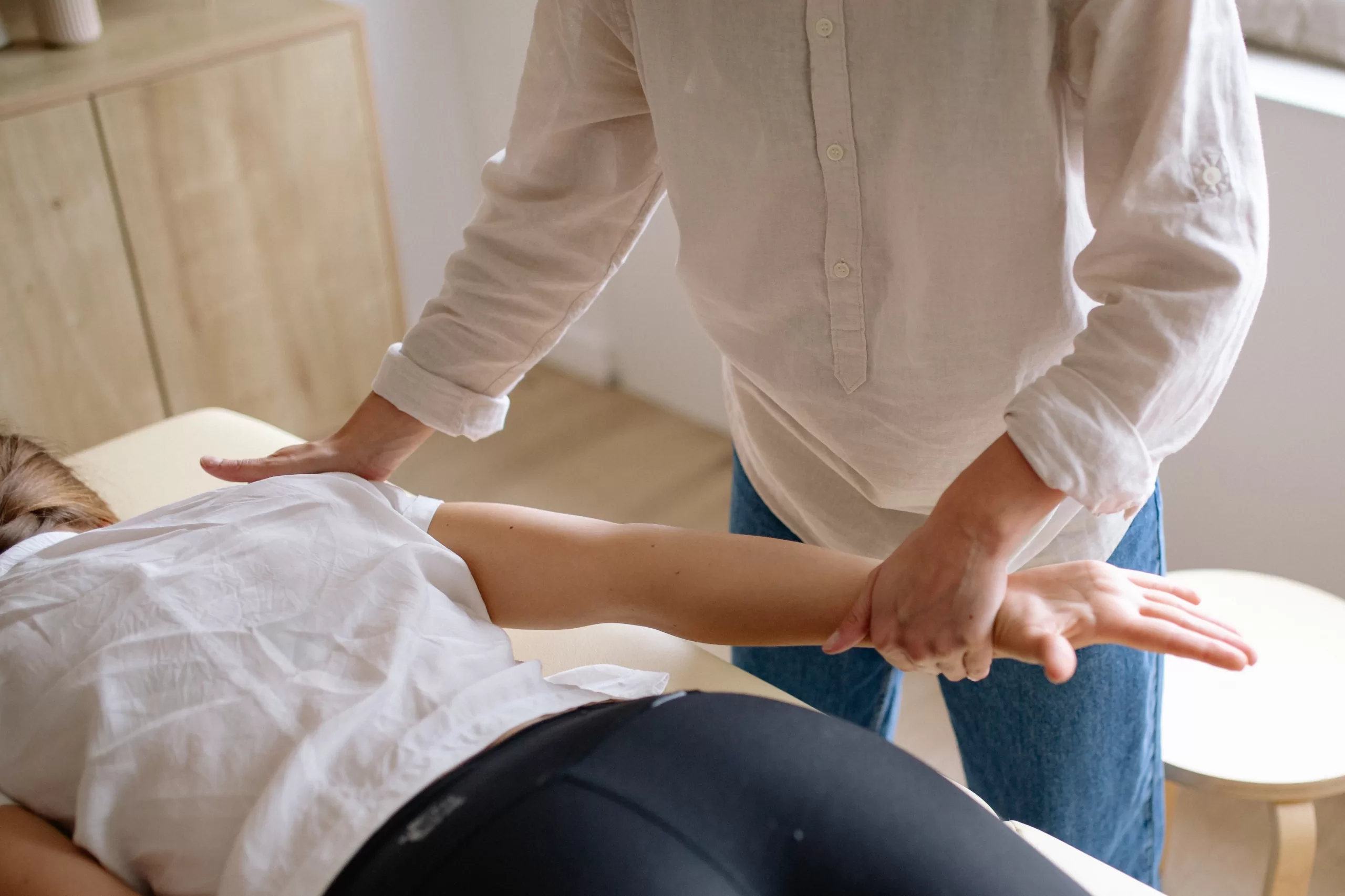BPPV (Benign Paroxysmal Positional Vertigo)

Dizziness
Dizziness can be caused by a multitude of factors, but did you know that there is one kind of vertigo that is easily treated by your physio?
BPPV is caused by crystals (otoconia) in your inner ear dislodging and floating through the fluid in the your semicircular canals. When these crystals float through the fluid and they aren’t supposed to, this gives confusing information to your brain which tells it that your body is moving, when in fact it is not. The most common signs and symptoms of BPPV are dizziness, nausea, nystagmus (eye flickers), vomiting and unsteadiness. BPPV can be caused by head trauma, ageing or degeneration, inner ear disorders, and there is a large correlation between BPPV and osteoporosis.
The treatment of BPPV is fairly simple, but it is important that a correct diagnosis is made at the outset. As there are many causes, and some are serious, it is important that the cause is identified or a referral to the appropriate practitioner is made. Your physio will diagnose BPPV from both the questioning as well as taking you into a position that will illicit your symptoms. If the test is positive, treatment will continue through a series of manoeuvres that aim to float the otoconia out of the semicircular canal, and into a place where they will not trigger the wrong messages to be sent to your brain. Occasionally this manoeuvre will need to be performed a second time, and your Physio will likely give you an exercise to do at home if the symptoms reappear. So if you have dizziness that is always brought on by rolling in bed, looking up or is reproducable in any movement, consider heading to your Physiotherapist for assessment and treatment!

